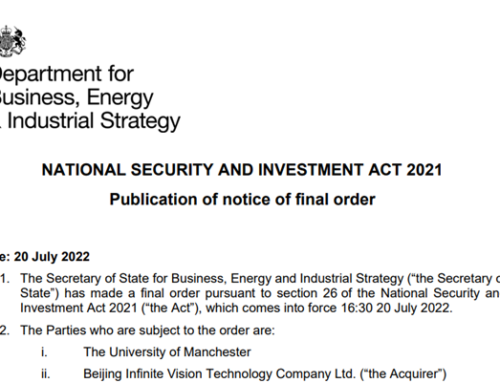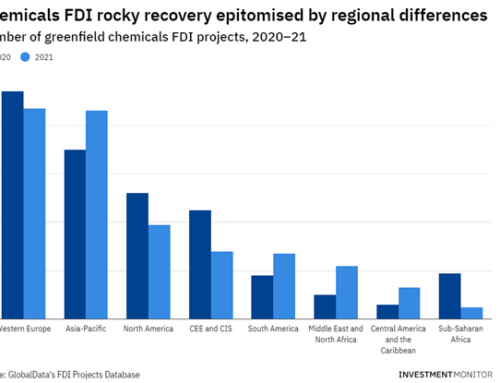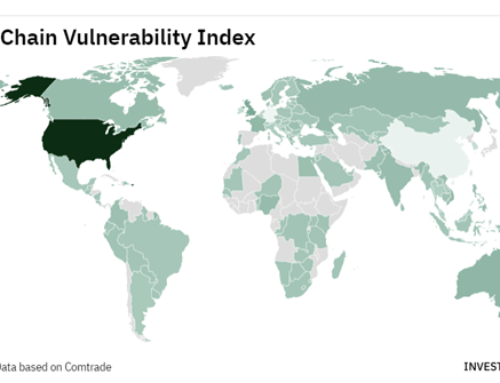With the UK growing faster than any other economy in Europe, and household spending rapidly on the increase, many European manufacturers are eyeing up Britain as a lucrative export market and vital source of sales growth through a period where domestic demand has reached a plateau.
On top of this, a strengthening Pound (GBP) against the Euro (EUR) means that products being exported from the Eurozone into the UK are becoming considerably cheaper than their US and UK competitors. But with all this unpredictability in economic growth and foreign exchange (FX) rates, how can manufacturers set the right price for their products to ensure maximum profits and sales and a reasonable share of the FX risk?
To highlight this opportunity and the choices that Eurozone manufacturers are facing, below are two possible scenarios that show the impact on a product’s cost with a list price of GBP 50/ EUR 58.50 (as at April 2013).
Scenario 1: Product Listed in GBP (EUR Manufacturer takes on FX risk)
Assumes that the manufacturer has fixed their price list in GBP over the past 3 years. Assume no real price increases outside of any FX movements.
| GBPBUYER | GBP/EURFX RATE | EUR MANUFACTURER | ||||
|---|---|---|---|---|---|---|
| Buy | £Var | Sell Price | €Var | |||
| £50.00 | – | > | Apr 2015 – 1.37 | > | €68.50 | +€10.00 |
| £50.00 | – | > | Apr 2014 – 1.21 | > | €60.50 | +€2.00 |
| £50.00 | – | > | Apr 2013 – 1.17 | > | €58.50 | – |
Scenario 2: Product Listed in EUR (GBP BUYER takes on FX risk)
Assumes that the manufacturer has passed this FX risk to the GBP buyer and listed their products in EUR over the past 3 years. Assume no real price increases outside of any FX movements.
| GBPBUYER | GBP/EURFX RATE | EUR MANUFACTURER | ||||
|---|---|---|---|---|---|---|
| Buy | £Var | Sell Price | €Var | |||
| £42.70 | -£7.30 | > | Apr 2015 – 1.37 | > | €58.50 | – |
| £48.35 | -£1.65 | > | Apr 2014 – 1.21 | > | €58.50 | – |
| £50.00 | – | > | Apr 2013 – 1.17 | > | €58.50 | – |
The immediate question EUR manufacturers will be asking themselves is:
“Should we pass on the savings presented by a strong pound to our GBP customers, or should we keep this increased profit opportunity for ourselves when establishing our pricing strategy?”
There is no right answer to this question. On the one hand, customers in the UK will be aware of the GBP strength so likely expect to see some cost reductions in a EUR manufactured product as the FX rates swing towards a stronger GBP. If you do not offer any discount, then your customers may choose to buy elsewhere.
On the other hand if you choose to list your products in GBP, thus effectively fixing the price for the UK customer, then you offer a stable cost base to your customer, but remove the opportunity for them to profit (or lose) from a shift in FX rates.
Much will come down to how you, as the manufacturer, choose to offset any FX risk internally, if indeed you do choose to offset this risk. It is also possible that you may be exposed to further supply chain FX movements, for example you may source some materials in USD. There is also the likelihood that larger customers in the UK will be hedging against any currency exposures they have. For the purposes of this article, we are assuming that the strengthening GBP versus EUR does however present a positive impact, which has not been hedged against significantly by either buyer or seller.
So, with all this to consider, how should you go about establishing a robust and attractive pricing strategy for your products? Here are our top 5 tips for setting the right price when looking to enter the UK market.
1. Know Your Market’s Price Points
What are comparable products selling for in the UK market, and are your competitors listing in EUR or GBP? This would require a price and positioning analysis to be carried out on the UK target market to clarify the best entry price strategy. We would recommend getting hold of some competitor price lists and talking to your target customers to see how they expect to be quoted.
2. Know What is Normal Practice
What is the normal practice in your industry for offering products in EUR? For example do your competitors offer products in EUR only if customers can commit to larger volumes – hence giving the customer greater profit to offset potential FX movements from the reduced cost, and you are able to work on a reduced margin because you have removed any FX risk.
3. Know Your Customer’s Buying Patterns
How often do your customers expect to see price changes? This will very much depend on the buying patterns of your target market. Many retailers in the UK will start making buying decisions up to 18 months in advance of expected fulfilment dates. A decision must be made as to whether you can absorb FX movement, much dependent on your profit margin levels as at today rate. If you are working on small margins, then it would be sensible to either hedge against FX movements over the 18 months, or quote in EUR and allow the customer to handle the FX. In which case you just need to make sure you have passed on sufficient discounting to make this attractive to your buyer.
4. Know Your Margins
Allow yourself enough room to move on price, when establishing your pricing strategy making sure that you have enough margin to allow for expected discounts from volume buyers. This is true whether or not you are exposed to FX movement. Many domestic suppliers may also be caught out because they have become accustomed to selling either direct to their consumers, or have only be dealing with smaller clients who do not demand larger discounts.
5. Know Your Customer’s Margins
Knowing what a product should retail at (RRP) is very different to know what price your target customers will want to pay for your product. Different retailers have very different overhead costs, and different discounting strategies. It is very important that you understand which of your target customers have the higher margin expectations and which operate at a lower level. A word of warning – in the retail space its not always best to go after those customers with the lowest margin requirements. They may also be the retailers that aim to sell stock cheap and fast, and risk eroding the RRPs you are trying to establish when entering the UK market.
For advice and help on exporting to the UK Market, contact damon.bonser@tradehorizons.com







